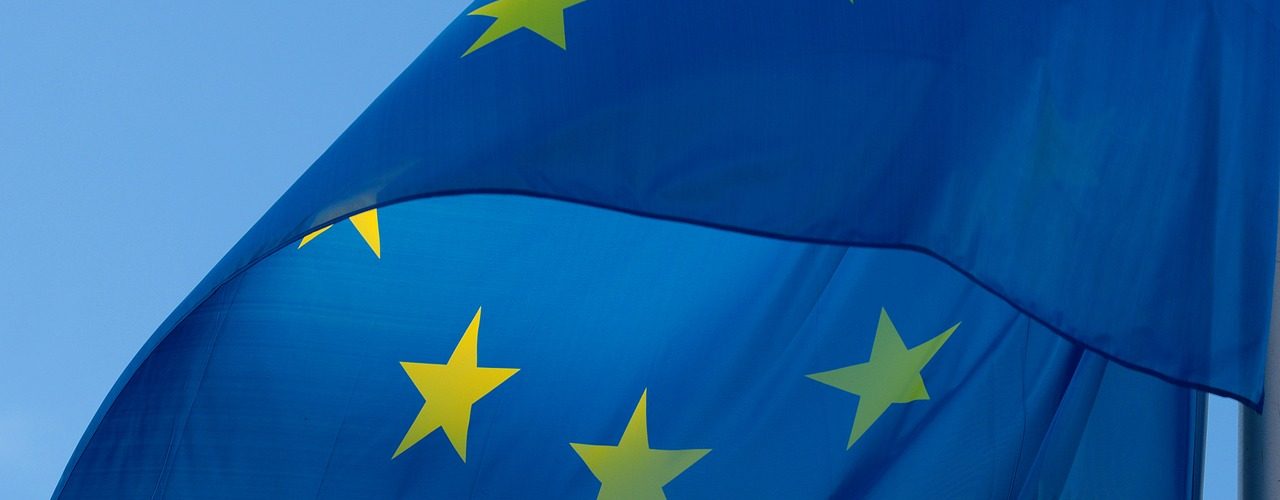European Commission issues detailed technical proposal for Definitive VAT Regime
On 25 May 2018, the European Commission released a proposal containing detailed technical amendments to the EU VAT Directive that supplement the recently proposed overhaul of the system to reinforce fraud-resilience. Under the proposal, intra-EU cross-border supplies of goods between businesses would no longer be VAT exempt. Applying VAT on cross-border trade should significantly reduce VAT fraud in the EU, especially missing trader intra-Community (MTIC) fraud. At the same time, the changes would also reduce the number of administrative steps needed when businesses sell to companies in other Member States, and would eliminate specific reporting obligations under the current transitional VAT regime for trade in goods. The Commission aims for these rules to enter into force on 1 July 2022.
Background
The present proposal follows through on that of October 2017, which introduced a series of fundamental principles or ‘cornerstones’ for a Definitive VAT Regime for cross-border trade of goods, as well as a series of ‘quick fixes’ to the current VAT regime.
The intention is to overhaul the entire EU Principal VAT Directive and replace or delete the current transitional articles. With the publication of these technical amendments, the European Commission finally provides sufficient clarity to initiate discussions between EU Member States on how to shape the Definitive VAT Regime. The 46 pages of new legislative provisions contain the actual changes constituting the Definitive VAT Regime for goods, as well as textual modifications to reflect the ‘Union’ concept throughout the VAT Directive, as well as some other minor changes. The Commission also reiterated its intention to work on the adoption of initially proposed changes for the so-called ‘quick fixes’, which should enter into force well ahead of the present technical proposal (in principle on 1 January 2019).
Key proposed changes
Intra-Union supply
The Commission’s proposal would put an end to the current split of all intra-EU cross-border movements of goods into two different transactions: an exempt intra-Community supply in the Member State of departure and an intra-Community acquisition taxed in the Member State of destination. Instead, it proposes the concept of an intra-Union supply of goods, which will mean a supply of goods with cross-border transport carried out by one taxable person for another taxable person or for a non-taxable legal person (e.g. a public authority).
Under the principle of taxation at destination, the intra-Union supply will be taxable in the country where the dispatch or transport of goods to the customer ends. A supply will only
qualify as an intra-Union supply if it is linked to the crossborder transportation of goods by either the supplier or the purchaser.
Hence, in the Definitive VAT Regime, it will also be important to allocate transport to a specific supply in chain transactions.
All supplies preceding or following the intra-Union supply will be taxed as domestic supplies, either in the country of dispatch or country of the goods’ arrival. The specific implification for triangular supplies will cease to exist. The current thresholds under which cross-border supplies of goods to non-taxable legal persons or to fully exempt taxable
persons are taxed in the country of dispatch will be abolished, and taxation at destination of these supplies as intra-Union supplies will apply in all cases.
Certain types of supplies (e.g. supply of goods with installation) will not fall under the new rules for intra-Union supplies but remain subject to their own specific place of supply rules.
Transfers of own goods by a business from one Member State to another will be assimilated to an intra-Union supply, in the same way as they are currently assimilated to an IntraCommunity transaction. The taxable person completing such a transfer will have to self-assess for VAT in the country of arrival.
The concept of Certified Taxable Person (CTP)
The October 2017 proposal introduced the concept of a Certified Taxable Person or CTP. A business established in the EU that carries out or intends to carry out cross-border goods
trade (sell or buy side) can apply to its national tax authorities to become a CTP, by proving compliance with certain predefined criteria. Member States will mutually recognise CTP status.
The criteria remain unchanged since the initial proposal, confirming that non-EU established traders will not be able to obtain CTP status, nor will fully exempt taxable persons or non-taxable legal persons.
The CTP concept, which has not been very well received by businesses and Member States so far, will become very important under the Definitive VAT Regime, as it will allow buyers to apply a reverse charge on their cross-border business-to-business (B2B) purchases of goods in many cases, following significant changes to the chargeability rules.
Person liable to pay VAT on supplies of goods
The principle under European VAT legislation remains that sellers should charge VAT due on the sale of goods to their customers and should pay this VAT over to the Member State of taxation.
For an intra-Union supply, this means that sellers will have to charge VAT at the rate applicable in the destination Member State. This will result in additional administrative burden for suppliers operating cross-border (determination of VAT rates) and would have a significant cash flow impact, as no VAT is currently charged on cross-border supplies due to the exempt status of intra-Community supplies.
Where the customer is a CTP, the latter will be VAT liable under a reverse charge mechanism in all situations where the supplier is not established in the destination Member State.
This mandatory reverse charge will not only apply on intraUnion supplies, but also on domestic supplies where the supplier is not established in the Member State of taxation.
In order to achieve consistent VAT treatment based on the principle of effectively charging VAT (unless a CTP is involved), Member States will no longer have the possibility to apply socalled domestic reverse charge rules for supplies of goods. As such, domestic reverse charge rules will be aligned with the rules on cross-border supplies: non-established suppliers will apply a reverse charge mechanism only if their customer qualifies as a CTP. For services, domestic reverse charge rules can still be applied at national level.
This change regarding the VAT liability on domestic sales by non-established suppliers could have a positive effect in chain transactions where all parties after the initial supplier are CTPs, as entire chains could be without VAT.
Time of supply rules for intra-Union supplies
The chargeability of VAT on intra-Union supplies will follow the same rules as currently applicable for intra-Community supplies and acquisitions. The chargeability of VAT on crossborder supplies occurs when the invoice for the supply is issued, which should happen before the 15th day of the month following that in which the supply occurs. No VAT is due for payments on account (advances) received in connection with intra-Union supplies. If no invoice is issued by that date, VAT becomes due on the 15th day of the month following the
supply.
This approach allows an identical time of supply for all intraUnion supplies, but could mean that VAT included in paymentson account for taxable intra-Union supplies could be retained by the supplier until the actual time of supply.
A single intra-Union OSS
Following the statement on the Definitive VAT Regime included in the October 2017 proposal, an online reporting mechanism or ‘One Stop Shop’ (OSS) will be introduced to allow the
declaration, payment, and deduction of VAT for all B2B goods transactions of traders operating in the EU. The current proposal describes this OSS in detail, which has the potential
to redefine the VAT obligations that businesses face when conducting cross-border business. Technically, the OSS will be an extension to the intra-EU OSS that will apply as of 1 January 2021 for the declaration and payment of EU distance sales (cross-border business-toconsumer (B2C) sales) by EU or non-EU taxable persons. It will allow the reporting of supplies of goods for which VAT is payable by the supplier or buyer, and is VAT deductible, in a single portal in the Member State of establishment of an EU based business, or, for non-EU based businesses, in a Member State where they appoint an intermediary to benefit from this scheme.
At first glance, taxpayers opting for this scheme will no longer have local VAT registration and reporting obligations for their goods trade, but will limit their VAT reporting to the domestic VAT return in their country of establishment on the one hand and the OSS for their foreign taxed transactions on the other. The intra-Union OSS will allow the deduction of input VAT incurred outside of the home country, however, limited to VAT of Member States where the business has (within a certain timeframe) taxable outgoing transactions reportable in the OSS. If not, a taxable person will have to rely on the traditional refund procedures provided by VAT legislation. The OSS return will in principle have to be filed on a quarterly basis. A monthly filing will be required for companies with an overall EU turnover exceeding a threshold of EUR 2,500,000. Intra-Union supplies included in the OSS will no longer have to be reported in the currently existing intra-Community Sales Listing for intra-Community supplies. However, a limited set of information on trade flows will still have to be reported in the OSS, per Member State of destination. The intra-Community Sales Listing will be maintained for services.
Comment
The proposal issued by the European Commission certainly gives food for thought on the European VAT system’s future direction. To achieve its goal of a robust system of taxation at
destination, it makes clear choices towards the effective application of VAT on cross-border supplies and the centralization of reporting obligations in a business’ home country.
Whether the EU VAT system is ready for such a significant change in the short- to medium-term remains to be seen. For businesses, the technical proposals allow a detailed study of
the impact which these changes, if adopted, could have on trade flows, financial cash flow, processes, and systems.
Source: Deloitte















